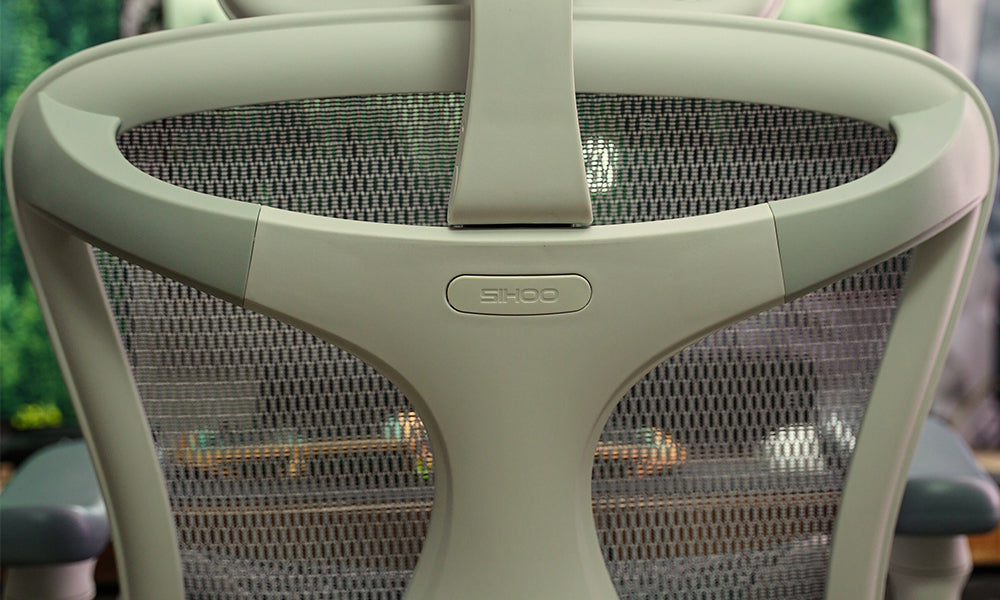The right chair not only enhances comfort but also contributes to overall well-being and productivity. In this comprehensive guide, we will explore the key factors to consider when choosing an ergonomic office chair that aligns with your needs and preferences.
Understanding Ergonomics
Ergonomics is the science of designing and arranging items in a way that maximizes efficiency and comfort. When it comes to office chairs, ergonomic design focuses on supporting the body's natural posture, reducing the risk of musculoskeletal disorders, and promoting overall health.
Key Features of an Ergonomic Office Chair
Adjustable Seat Height
One of the fundamental features of an ergonomic office chair is adjustable seat height. Your feet should rest flat on the floor, with your knees forming a 90-degree angle. This ensures proper blood circulation and reduces the risk of discomfort or fatigue during long working hours.
Lumbar Support
Adequate lumbar support is crucial for maintaining the natural curve of your spine. The lumbar region, or lower back, tends to bear the most strain when sitting for extended periods. Look for a chair with adjustable lumbar support to ensure it aligns with the natural curvature of your spine, providing both comfort and stability.
Seat Depth and Width
The seat depth and width of an ergonomic chair should accommodate different body types. A seat that is too deep may put pressure on the back of your knees, while a seat that is too narrow can cause discomfort. Choose a chair with adjustable seat depth and width settings to find the optimal fit for your body.
Armrests
Adjustable armrests play a crucial role in supporting your arms and reducing strain on your shoulders and neck. Look for chairs with armrests that can be customized to your preferred height and width. Ensure that the armrests allow your arms to rest comfortably while keeping your shoulders relaxed.
Reclining Functionality
Having the option to recline your chair promotes dynamic sitting and reduces the risk of stiffness. Look for a chair with a reclining mechanism that allows you to lean back comfortably, supporting various sitting postures throughout the day. Some chairs also come with a tilt function, allowing you to recline while maintaining good lumbar support.
Material and Cushioning
The material and cushioning of the chair significantly impact your comfort. Opt for a chair with breathable, high-quality fabric or mesh to prevent overheating. The cushioning should provide adequate support without being too soft or too firm. Memory foam or dense padding can be excellent choices for long-term comfort.
Swivel and Casters
A swivel base and smooth-rolling casters enhance mobility and accessibility within your workspace. The ability to turn easily and move across the office without straining contributes to a more efficient and comfortable work experience.
Choosing the Right Ergonomic Chair for Your Needs
Now that we've explored the key features of ergonomic office chairs, let's delve into the process of selecting the right chair for your specific needs.
Assess Your Work Environment
Consider your workspace and the nature of your tasks. If you have a dedicated office with ample space, a larger chair with additional features may be suitable. On the other hand, if you work in a smaller or shared space, a more compact chair may be practical.
Identify Your Body Type
Body type plays a significant role in choosing the right chair. Consider your height, weight, and any specific ergonomic needs based on your body's proportions. Some chairs are designed to accommodate taller individuals, while others cater to a broader range of body types.
Set a Budget
Ergonomic office chairs come in a wide range of price points. Set a realistic budget based on your preferences and requirements. While high-end chairs may offer advanced features, there are also budget-friendly options that provide excellent ergonomic support.
Test Before You Buy
Whenever possible, try out the chair before making a purchase. Sit in it for an extended period to assess comfort and support. Pay attention to how the chair feels in different positions and whether it accommodates your natural sitting posture.
Read Reviews and Ratings
Take advantage of online resources to read reviews and ratings from other users. This can provide valuable insights into the durability, comfort, and overall satisfaction of a particular chair. Look for reviews from individuals with similar needs and preferences to yours.
Conclusion
Choosing the right ergonomic office chair is a crucial investment in your health, well-being, and productivity. By considering factors such as adjustable features, lumbar support, and material quality, you can find a chair that suits your specific needs. Remember to assess your work environment, body type, and budget to make an informed decision. Taking the time to research and test chairs will ultimately lead to a more comfortable and supportive workspace, enhancing your overall work experience.






Commenta
Questo sito è protetto da hCaptcha e applica le Norme sulla privacy e i Termini di servizio di hCaptcha.